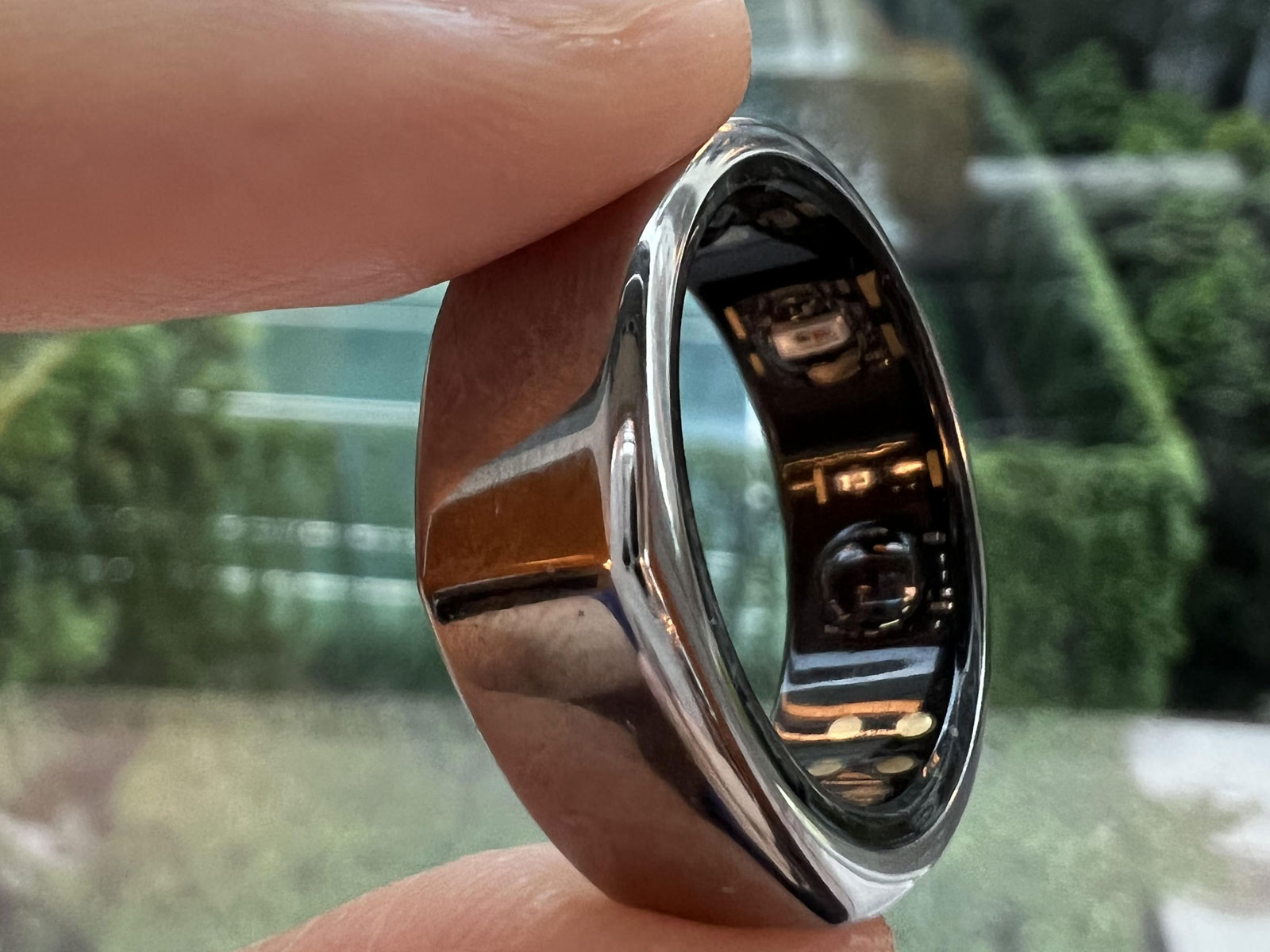
What is the value of wearables and phones to detect mental health issues?
The data captured by these tech devices are objective and clinically relevant. Such data may relate to sleep patterns, activity levels and time spent at home. An elevated and fluctuating resting heart rate may be a surrogate marker for high-stress levels. As such, wearables and tech devices have the potential to detect symptoms of anxiety and depression in the early stages before these conditions become apparent to the person or the doctor. Compared to filling up questionnaires, the data captured is objective and less prone to recall and confirmation biases.
These devices may also be helpful for people who are “alexithymic” (a psychological term used to describe people who are not attuned to their emotions). The data generated may help them to better connect with their emotional and physical states.
Observing and recognizing a depressed or anxious mood state in oneself is usually not difficult for most people. However, medically relevant data from devices can prompt us to seek help early. It can also spur us to make positive lifestyle changes such as exercising more, and engage in leisure and relaxing activities to turn things around in the early stages of a psychological illness.
In the National Mental Health Survey in Singapore 2016, conducted by the Institute of Mental Health (IMH), Ministry of Health (MOH) and Nanyang Technological University (NTU), it was found that most people took 1 year before they seek help for depression and 2 years before they seek help for anxiety disorders. This “treatment delay” can cause progression of the psychological condition and often lead to poorer health outcomes. Perhaps these devices can send messages to nudge us to seek help early.
What are the limitations?
Firstly, research on tech devices and wearables for psychiatric conditions is still in the infancy stages. Even if the data is accurately captured, it remains to be determined if they can be used for medical diagnosis on a large scale.
It is likely that people who use wearables are more tech-savvy, more highly educated, have more resources and are innately more help-seeking. Those who are at higher risk of poorer mental health may not have access to relatively expensive iPhones and wearables.
It is also possible that these devices may increase anxiety in some users. This is because excessive self-monitoring can result in even more anxiety and hyper-vigilance in people who are already suffering from an anxiety disorder. In my clinical practice, I have encountered patients who become even more anxious because they are constantly checking their heart rate on their smartwatch. In such cases, the self-monitoring has backfired and we may advise them to stop checking.
It is also possible for people to cheat on the wearables. Dr Kwok recently purchased an Oura ring to monitor sleep patterns but removed the ring when he anticipated poor sleep so as not to ruin his sleep scores. Nonetheless, he found it interesting that on some nights, the Oura ring could detect that his sleep was poorer than usual and that there might be something bothering him.
Lastly, there are privacy concerns that these health data can be wrongfully obtained or sold to insurance companies. Hence some people may prefer not to activate such features on their phones or wearable devices.
When should one consider approaching a healthcare professional for their mental health needs, instead of simply relying on these devices?
It is unlikely that wearables and phones can replace doctors anytime soon. For example, when we are diagnosed with diabetes, we would still want to see a doctor for medications and monitoring, even if technology can nudge us towards healthier behaviours and life choices.
In the same vein, a psychiatrist can confirm a diagnosis, provide treatment and monitor progress. Treatments provided by the specialist are also more holistic and may include:
- Medications to recalibrate brain chemicals (neurotransmitters) which mediate psychological disorders such as depression and anxiety.
- Psychological therapy to increase self-awareness, self-understanding and to build skills to manage difficult thoughts and emotions
- Practical help like medical leave to recuperate, medical reports to help employers understand the predicament of patients, and enlisting the help of family members for emotional support.
Nonetheless, there is an increasing role for phones and wearables to complement lifestyle strategies and encourage healthy behavioural change.
Are there red flags to look out for, that perhaps tech devices can’t detect?
It is difficult for tech devices to detect suicidal thoughts. This is a critical red flag that requires urgent and more intensive treatment (and sometimes even hospitalization for safety reasons).
It is also difficult to pick up changes in appetite as a depressed person may not be motivated to log into a food diary. Other symptoms of poor mental health, such as irritability, personality changes, or a decline in school or work performance are also difficult to capture on devices.
Finally, it may be challenging for devices to detect psychosis, a serious mental illness. People with psychosis experience abnormal perceptions and thought processes which can be chaotic and disorganised.
Have you used these techs in your practice?
We have used wearables to monitor sleep patterns and activity levels in patients. For example, from the app, Dr Kwok could tell that one of his insomnia patients was spending 10-12 hours tossing and turning in bed. He told her that to sleep better, she should spend less time in bed and only use the bed when she is feeling sleepy. This is because spending hours fretting about sleep in bed can condition the mind to associate the bed with stress and wakefulness, and consequently worsen insomnia.